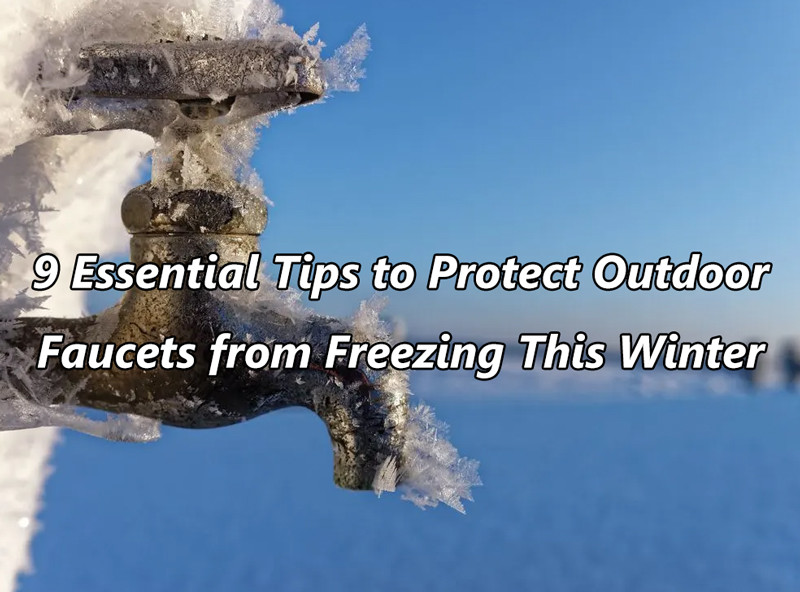
As temperatures drop, one of the most common concerns for homeowners is the freezing of outdoor faucets. This can lead to burst pipes, costly repairs, and water damage. Taking proactive steps to protect your outdoor faucets from freezing is not only smart but also essential for maintaining the integrity of your home’s plumbing system.
In this post, we’ll cover why outdoor faucets freeze, what damage they can cause, and, most importantly, the best methods to protect outdoor faucets from freezing during cold weather.
Why Do Outdoor Faucets Freeze?
When temperatures fall below freezing, any water left in your outdoor faucet, spigot, or the connected pipes can freeze. As water turns into ice, it expands, exerting pressure on the pipes. This can eventually cause the pipes to crack or burst. Even a small rupture can lead to significant water loss and expensive repairs once the ice thaws.
The areas most at risk are those with exposed piping, such as outdoor faucets, garden spigots, and hose bibs. If these pipes are not adequately insulated or drained, they can quickly freeze.
The Potential Damage of Frozen Faucets
Frozen outdoor faucets can lead to significant damage if not dealt with promptly. When water freezes in the faucet or the connected pipes, it expands, which can cause the pipes to crack or rupture. This might not be noticeable right away, but when temperatures rise and the ice thaws, the broken pipes can release a torrent of water, flooding your yard, basement, or crawl spaces.
Not only can this cause structural damage to your home, but it can also lead to increased water bills, as well as expensive plumbing repairs. In extreme cases, burst pipes can even cause mold growth, which brings health concerns along with additional costs.
Fortunately, with proper preparation, these scenarios can be easily avoided.
How to Protect Outdoor Faucets from Freezing
Here are practical steps you can take to protect your outdoor faucets from freezing and prevent costly repairs:
1. Disconnect Garden Hoses
Before freezing temperatures hit, disconnect all garden hoses from outdoor faucets. Leaving hoses attached traps water inside the faucet and hose bib, increasing the likelihood of freezing. Even if the hose is drained, the faucet can still hold water, leading to potential freezing. Store hoses indoors during the winter months to protect them from damage.
2. Shut Off the Water Supply to Outdoor Faucets
Most homes have shut-off valves specifically for outdoor faucets. Locate the shut-off valve inside your home and turn it off before the first frost. Once the water is off, open the outdoor faucet to drain any remaining water from the pipe. This simple step ensures that no water is left in the pipes to freeze.
If your home doesn’t have shut-off valves for outdoor faucets, consider installing them. This one-time investment can save you a lot of money in future repair costs.
3. Install Frost-Free Faucets
A more permanent solution to preventing outdoor faucets from freezing is installing frost-free faucets. These faucets are designed with a long stem that extends into the warmer part of the house, where the water is shut off. This ensures that the water inside the faucet does not freeze, even in extremely cold temperatures.
Frost-free faucets are relatively inexpensive and can be installed by a plumber or as a DIY project for those who are handy with tools.
4. Insulate Outdoor Faucets and Pipes
Insulating your outdoor faucets and any exposed pipes is one of the most effective ways to prevent freezing. Foam faucet covers are widely available and easy to install. These covers fit over the faucet, providing an extra layer of protection from cold air.
For exposed pipes, use pipe insulation sleeves or heat tape. Pipe insulation sleeves are made of foam or rubber and can be wrapped around the pipes to keep them warm. Heat tape can be wrapped around the pipes and connected to an electrical source, providing a constant source of warmth to prevent freezing.
5. Use Faucet Covers
Faucet covers are an inexpensive and simple way to protect outdoor faucets from freezing. These covers are typically made of foam or plastic and provide insulation to keep cold air from coming into contact with the metal faucet.
To install, simply place the cover over the faucet and secure it with the attached string or hook. Faucet covers are readily available at hardware stores and online, and they’re a quick and easy solution to prevent freezing.
6. Drain Your Sprinkler System
If you have an outdoor sprinkler system, it’s equally important to prepare it for winter. Turn off the water supply to the system and drain all the water from the pipes. Some systems have an automatic drain valve, while others may need to be drained manually or blown out with compressed air. Be sure to follow the manufacturer’s instructions to prevent damage to your sprinkler system.
7. Keep Outdoor Faucets Dripping in Extreme Cold
In cases where you cannot shut off the water supply to an outdoor faucet, letting it drip slowly during extreme cold can help prevent freezing. The slight movement of water helps prevent ice from forming in the pipes. However, this should only be a temporary solution, as it can waste water.
8. Monitor Weather Conditions
Keep an eye on the weather forecast, especially during the fall and winter months. If a cold front is approaching, take precautionary measures like installing faucet covers, disconnecting hoses, and ensuring all pipes are insulated. Being proactive can make a big difference when temperatures plummet unexpectedly.
9. Seal Cracks and Openings Near Faucets
Inspect the area around your outdoor faucets for any cracks or openings in the walls or foundation. Cold air can easily penetrate these gaps and freeze pipes. Use caulk or expanding foam to seal any openings and ensure that the area around your faucet is well-insulated.
Conclusion
Protecting outdoor faucets from freezing is essential for homeowners who want to avoid the hassle and expense of burst pipes and water damage. By taking simple, proactive measures—like disconnecting hoses, shutting off the water supply, installing frost-free faucets, and insulating exposed pipes—you can protect your plumbing system from freezing temperatures.
With a little preparation, you can enjoy peace of mind throughout the winter, knowing that your outdoor faucets are safe and secure.
 WOWOW Faucets
WOWOW Faucets
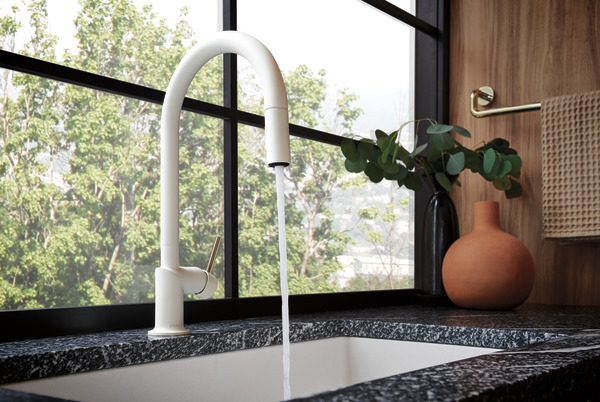
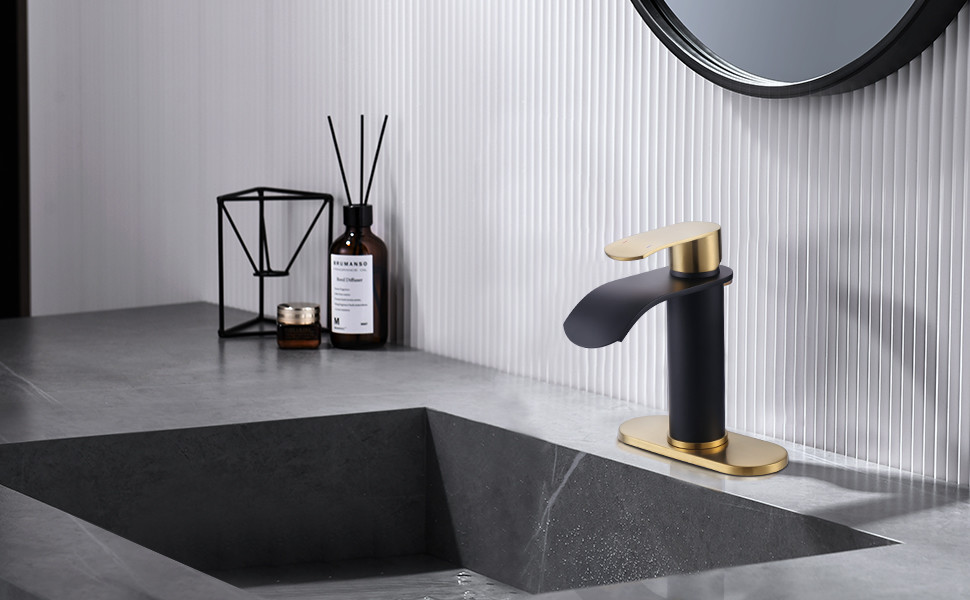
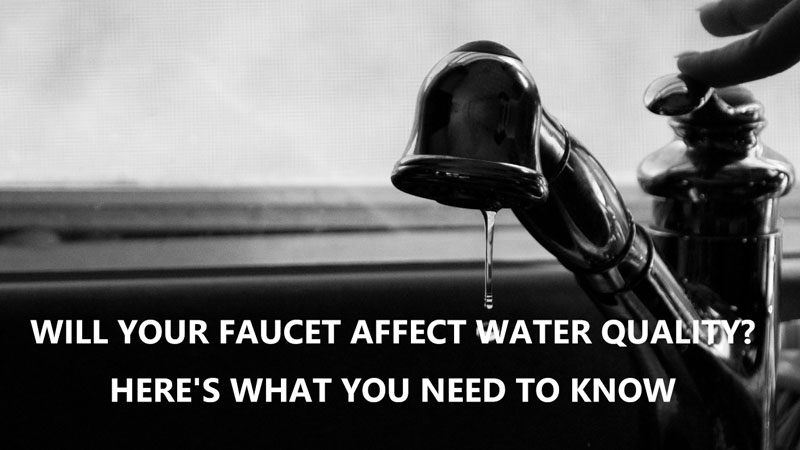
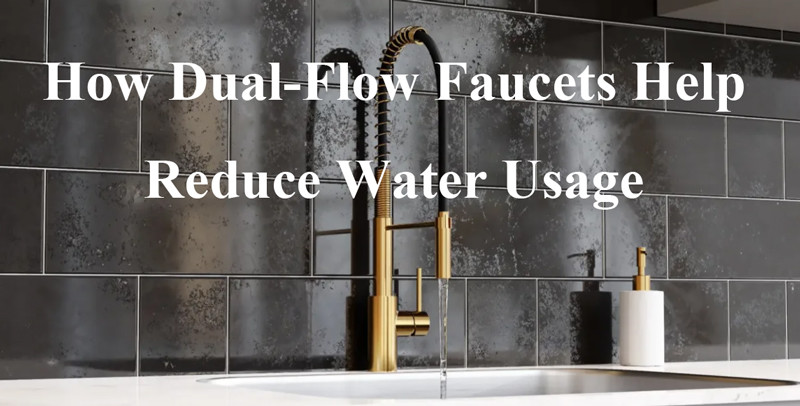

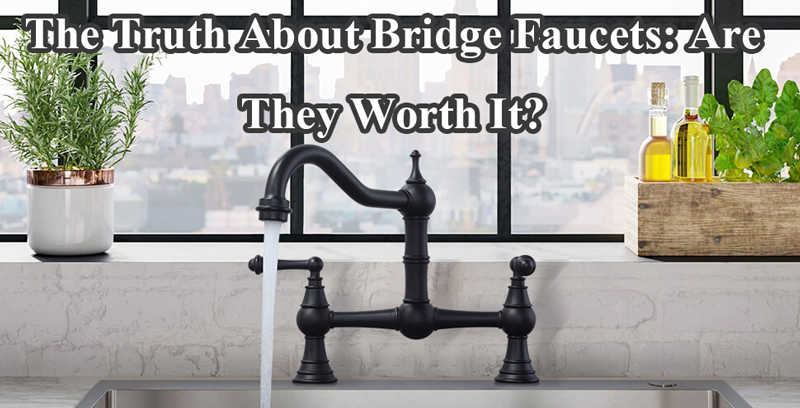
您好!Please sign in